Introduction
A teenage member of the Yanomami Indigenous Nation, from deep in the Amazon rainforest, died of COVID-19 this week. Many news outlets reported that this demonstrates how widespread the Coronavirus has become, but few have connected the dots from this tragic death to the forces of capitalism, the Brazilian government’s genocidal policy and attitude toward Indigenous persons, and the ongoing climate crisis.
As Brazil grapples with the global COVID-19 pandemic, President Jair Bolsonaro has encouraged citizens to defy state-ordered lockdowns in an effort to prevent Brazil’s industrial economy from slowing down.
So far, Bolsonaro’s message has had an impact. As Brazil scaled back its enforcement of environmental laws, illegal deforestation in the Brazilian Amazon has been increasing, according to Reuters.
This surge of thousands of loggers and miners into Indigenous Land has been identified as the key vector for the transmission of COVID-19 to the Yanomami and other Indigenous Nations. These kinds of settler incursions bringing disease have had genocidal consequences for the Yanomami and many other Tribes in the past.
Bolsonaro came to power in 2019, and since then, the deforestation of the Amazon Rainforest has increased dramatically, often perpetuated by arson. Bolsonaro and his allies have attempted to justify the anti-Indigenous destruction as necessary for Brazil’s economic development – a colonizing project which would be paused should economic activity in Brazil decrease as sharply as it has around the world.
One underappreciated aspect of the ongoing COVID-19 pandemic is the role played by deforestation in causing a third of all infectious disease outbreaks, as Branch Out reported last week. The Amazon Rainforest is no exception, where the felling of trees created rampant mosquito breeding grounds that have increased the regional spread of Malaria twenty-fold.
In addition to spreading disease, cutting and burning down the Rainforest always adversely affects Indigenous Persons first and worst. As Chief of the Indigenous Kayapó People, Raoni Metuktire, expressed:
“When you cut down the trees you assault the spirits of our ancestors. When you dig for minerals you impale the heart of the Earth. And when you pour poisons on the land and into the rivers – chemicals from agriculture and mercury from gold mines – you weaken the spirits, the plants, the animals and the land itself. When you weaken the land like that, it starts to die. If the land dies, if our Earth dies, then none of us will be able to live, and we too will all die.”

INCOMING: The Carbon Bomb
Chief Metuktire’s words are in no way an exaggeration. As the world’s largest rainforest, the Amazon plays an indispensable role as a safeguard against climate collapse for all life on Earth. Across the world, deforestation is responsible for approximately 30% of humanity’s total greenhouse gas emissions.
Despite nearly 20% of the Amazon Rainforest having so far been annihilated, the remaining intact forest absorbs 5-10% of all human carbon dioxide (CO2) emissions, playing a substantial role in preserving our climate. Yet this essential safeguard is rapidly being degraded. According to a 30-year study conducted by almost 100 researchers, the CO2 absorbed by the Amazon has decreased 30% since the 1990’s.
The Amazon Rainforest is not only essential to our planet’s health as a carbon store; it also plays a crucial role in regulating the circulation of fresh water around the world. This begins within the forest, where its enormous trees form a canopy across the rainforest creating distinct microclimates and cycling massive amounts of water throughout the forest floor, plants and atmosphere.
This process, known as evapotranspiration, provides the water necessary to sustain agriculture in Brazil. Millions of people depend on these rainfall patterns, which even have an effect on agriculture far beyond Brazil.
As trees are clear-cut and burned they are no longer able to sustain such climates, reducing moisture within the rainforest. As a result, forest fires grow larger, occur more frequently and burn for longer periods of time. This disruption of the rainforest’s microclimates is further exacerbated by global warming itself, creating a devastating feedback loop.
Together, all of these processes are rapidly fusing together to create the perfect storm: a devastating carbon bomb that would release up to 140 billion tons of CO2 into the atmosphere. This bomb will begin exploding when a positive feedback loop known as dieback occurs across the Amazon, transforming the entire region into a savanna once the rainforest can no longer produce enough rainfall to sustain itself.
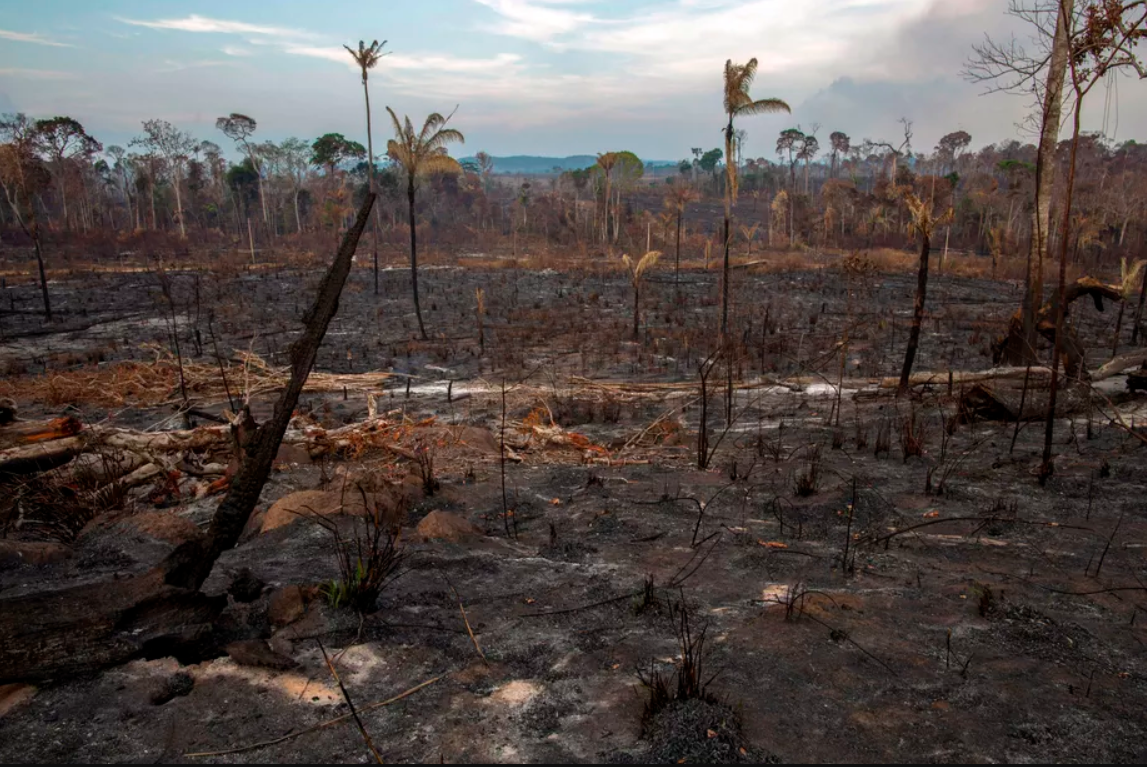
In a groundbreaking 1991 study, Nobel Laureate and Climate Scientist Carlos Nobre first predicted dieback when there was still more than enough time to stop this nightmare scenario. Now, scientists are predicting that this positive feedback loop could be ignited as soon as 2021.
Initially, at least 200 million tons of carbon would be released into the atmosphere per year from this process alone, not including emissions from ongoing deforestation and other climatic feedback loops. Such a massive decline of the Amazon Rainforest would immediately intensify the pace of climate collapse and alter rainfall patterns across the planet.
The most severe effects would occur throughout the continent, which would be threatened with catastrophic drought as its freshwater supplies rapidly decline. But the effects would be felt even further than that. As the source of 18 percent of the freshwater delivered to the world’s oceans, the Amazon Rainforest is a “key regional entity of the stability of the Earth system” according to Nobre.
Looking North of the Amazon, scientists predict that rainfall in Texas would drop by 25%, the Sierra Nevada snowpack would be reduced by half, and rainfall in the coastal northwest would see a decrease of up to 20%.
Food supply would come under severe stress as the center of U.S. corn and soy production – the Midwest – would undergo rainfall decline severe enough to cause regular drought. These effects would be felt as far away as the Hawaiian and British isles, and even ocean currents would be affected.
Disrupting the essential water cycles of the Amazon Rainforest will have lasting effects on crucial ecosystems spanning an entire continent and beyond. Local species sensitive to temperature increases, such as reptiles and amphibians, would be greatly harmed.
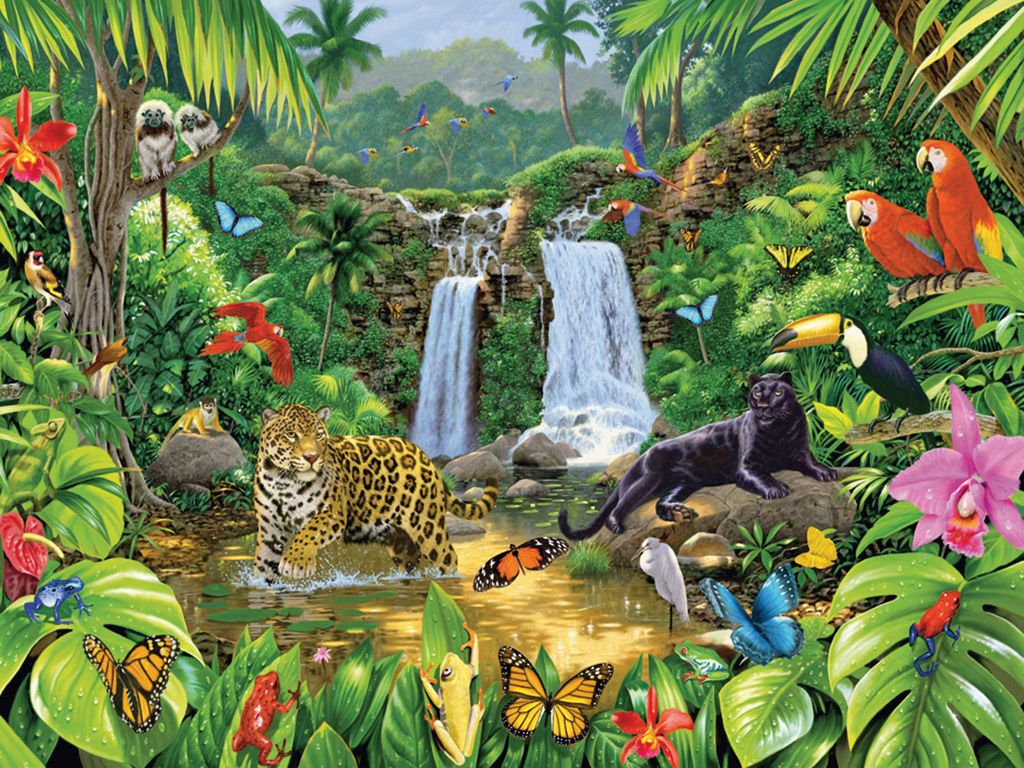
The Amazon’s ecological importance for biodiversity could hardly be greater, as it is home to an incredible one third of all known terrestrial plant and animal species. Exactly how many of these could face extinction due to habitat loss and rising temperatures is impossible to predict, but the number is sure to be extreme.
Ending the deforestation of rainforests could not be more imperative for balancing the global climate. The carbon bomb released in this catastrophic dieback scenario would make preventing many of the most severe consequences of runaway climate change all but impossible.
Nazi Nightmares In Brazil
From 1964-1985, an authoritarian military dictatorship ruled over Brazil. The dictatorship enacted a restricted constitution, which suppressed freedom of speech and political opposition to military rule. It also combined nationalism with economic “development” which had a devastating effect on the Amazon and Indigenous Tribes in Brazil, who have accused the military of genocide.
The Brazilian Military Government served as a model for other Latin American military regimes and dictatorships, such as in Argentina. Argentina’s fascist government was installed by a U.S. coup d’état and displayed Nazi emblems and portraits of Hitler in its concentration camps, where tens of thousands of people were murdered and tortured during its 5-year reign.
The current president of Brazil, Jair Bolsonaro, is a self-confessed “admirer” of Hitler, and supports Eugenics as do his two sons. Like his great grandfather who fought in Hitler’s Army, Bolsonaro has said that he would have had “no problem whatsoever” enlisting in Nazi Germany’s military. Although Bolsonaro was formerly seen as a joke, he was one of the few high-profile politicians who was not affected by the Lava Jato corruption investigations.
Having avoided investigation, Bolsonaro framed himself as an outsider politician going against the establishment. His outsider persona coupled with his fascist politics won him a strong following, especially among the wealthier half of Brazil’s population and the regions most densely populated with neo-nazi cells.
Bolsonaro was not only highly influenced by Brazil’s military dictatorship, he himself served in the army during it. His invocation of the dictatorship’s legacy and his desire to restore it was central to his presidential campaign.
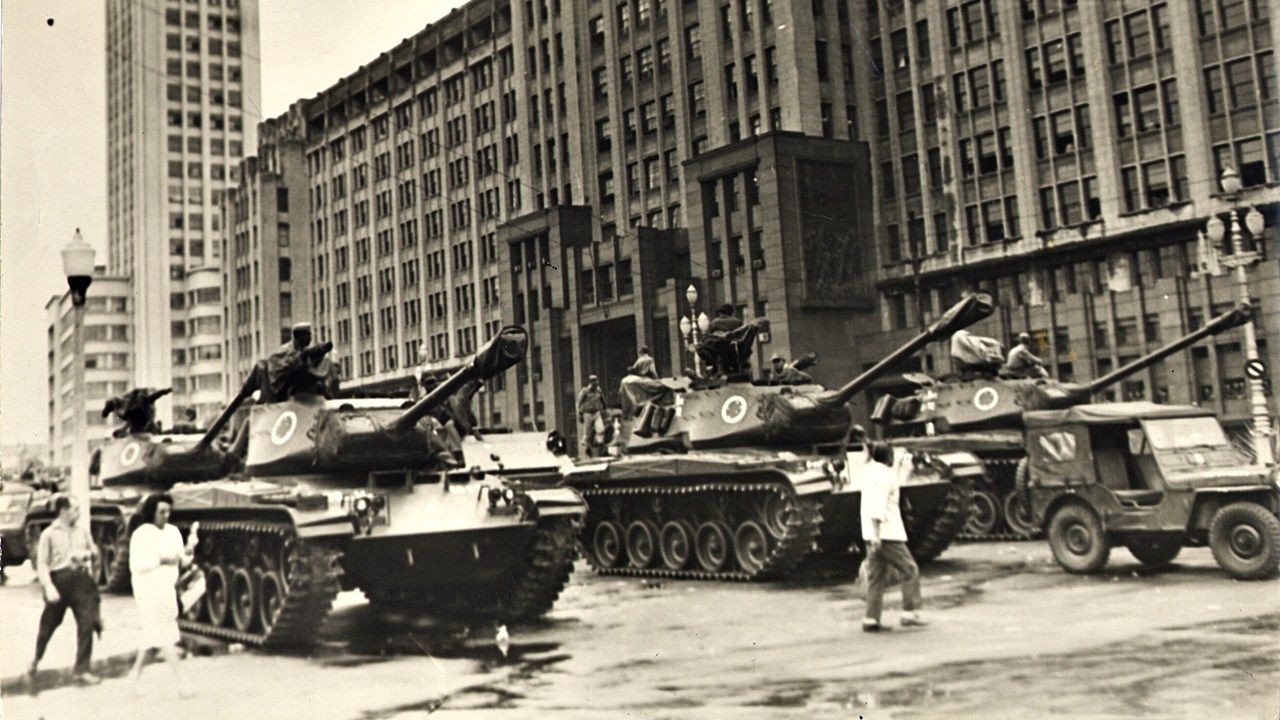
Upon being elected, Bolsonaro reinstated commemorations of Brazil’s 1964 military coup, which had been made illegal by former President Dilma Rousseff, who survived torture at the hands of the military. According to Human Rights Watch, 4,841 elected representatives were removed from office, an estimated 20,000 people were tortured, and 434 people were killed or disappeared during the military rule.
These numbers, however, erase the untold damage, destruction and murder inflicted upon Indigenous Persons during the dictatorship. The push to “develop,” settle and industrialize the Amazon Rainforest was conceived by one military leader as an “occupation [that] will proceed as though we are waging a strategically conducted war.”
Operation Amazon was an industrial push by the Brazilian military government to colonize Indigenous lands within the Amazon Rainforest for economic gain via the extraction of resources and the introduction of industrial agriculture. Within seven years almost 10,000 miles of roads were constructed along with countless agricultural and extractive industries depleting and polluting the country’s water and land. An estimated 8,350 Indigenous peoples were murdered by way of machine guns, grenades and dynamite from this operation alone.
By the end of the 1980s, the Indigenous Peoples had suffered an 80% loss to their total population in which 800,000 people had been brutally murdered by the military dictatorship. In the process, both industry and the government had supported settlers in destroying one-tenth of the Indigenous Amazonian homeland.
Now in power, Bolsonaro has enacted broad rollbacks of social services, rescinded labor rights and reduced protections for Indigenous Persons and other minorities. This is no surprise as more than two decades before becoming president, he had previously expressed that he felt it was a “pity that the Brazilian cavalry was not as efficient as the American cavalry, which exterminated the Indians.”
Jump forward to his Presidential campaign, and he’s promising to continue this program: “In 2019 we are going to cancel the (Indigenous reservation) Serra do Sol. We are going to give rifles and weapons to all the farmers.”
Brazilian Fascism Vs. Indigenous Sovereignty
Federally recognized Indigenous lands account for a quarter of Brazil’s Amazon. In the state of Amazonas, these lands account for close to a third of standing forest. Bolsonaro believes it is the right of the Brazilian State to profit from the destruction of protected Indigenous land. Brazilian Fascism depends on stolen Indigenous Land for economic “development.”
In the first months of 2019 after Bolsonaro’s election, deforestation jumped more than 50 percent compared to the amount during the same period in 2018. Half of this occurred illegally in protected areas, including hundreds of Indigenous lands.
In 2019 alone, more than 83,000 fires raged across the Amazon, a 77% increase in comparison to last year. Countless fires were deliberately set by Brazilian settlers seeking to destroy the forest for profit, their location strongly correlated with the areas used for producing beef. The fires were also spread further and grew larger due to global warming. At least 148 Indigenous Nations’ home territories were seriously burned in this campaign of mass destruction.
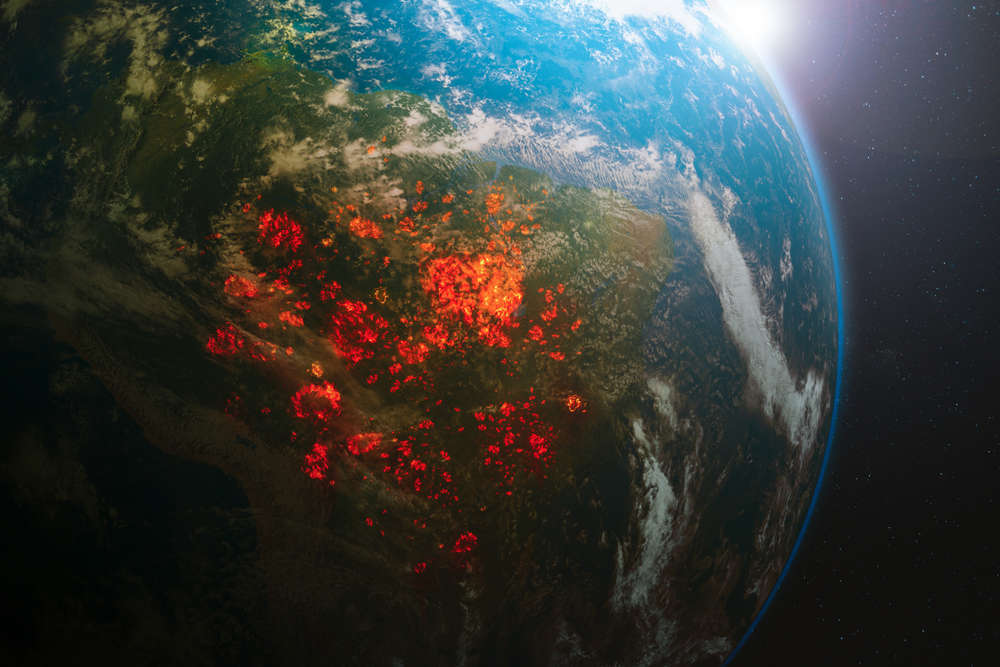
This rapid increase in deforestation and arson is being justified by Brazilian fascism and the constant hunt for profit – no matter what the consequences may be – and Indigenous lands offer large swaths of preserved land to exploit.
Economic “development” in the Amazon means deforestation and forest fires deliberately set to clear land for industrial agriculture. Industrial agriculture consists of mono-cultured crops grown in mass, using high inputs of petroleum-based fertilizers. Synthetic fertilizers (manufactured through fossil fuels) decrease the quality of the soil and will leave the once lush rainforest barren. This cycle will continue, if not impeded, until there is literally no Amazon forest to be “developed” (cut down and burned).
Industrial development in the Amazon Rainforest (and everywhere else) is predicated around endless extraction and monetization of natural bounties. This could not be more different from the Indigenous relationship with the land, centered on mutual respect and care:
“We have so many ways to support ourselves that we don’t need to destroy anything… We don’t think about selling wood or any part of the Earth to get money,” Anna Terra Yawalapiti, of the Xingu tribe, stated, illustrating key differences between their worldview and how nature is perceived through the lens of industrial capitalism.
It is not difficult to understand why the Xingu worldview – backed by sustained commitment and thousands of years of history rooted in the land – would be deeply threatening to those seeking to exploit and destroy nature. Without a constant perceived internal threat from Indigenous Persons, it would be impossible for the state to justify the constant destruction of Indigenous land. As Daiara Tukano explains:
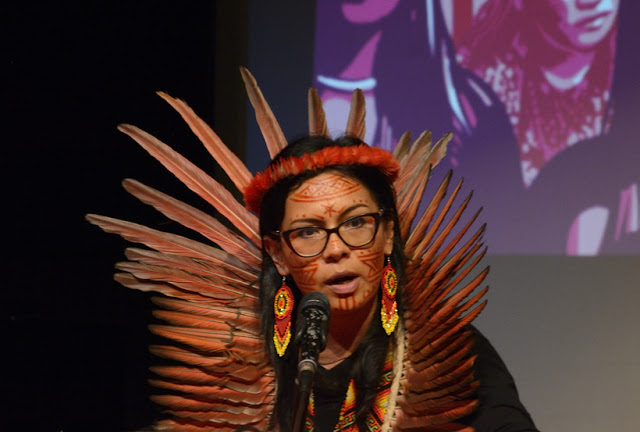
“In Brazil…, the idea that an Indigenous People could be a Nation is seen as a threat for the nation State. Thus, it implies all the violence that we see, we are considered as terrorists. It is quite simple: if you are Indigenous, you were born as a criminal, in that vision that denies our territories. A territory has an identity, a territory has thoughts.”
As a champion of this denial, Bolsonaro questioned, “The Indians do not speak our language, they don’t have money, they don’t have culture. They are native peoples. How do they get 13% of the national territory?” Seeking to seize the remainder of recognized Indigenous land, Bolsonaro campaigned on the threat that “not a single centimeter of Indigenous land would be demarcated.”
To destroy the rainforest, the Brazilian fascists must kill or remove its guardians who stand in their way. It should come as no surprise that the United Nations reports have found that the best way to help mitigate the destruction of forests and rivers in order to prevent the rainforest dieback, is by supporting Indigenous People’s rights, land, and traditional ecological knowledge.
The Indigenous-Led Boycott: How You Can Act Now
The severity of the situation in the Amazon highlights the urgent need to end livestock, sugar cane and soy production on Indigenous territory.
In seeking the help of allies across the world, The Articulation of Indigenous Peoples of Brazil (APIB) has called for a boycott of beef, soy, and other products from companies profiting from the destruction of the Amazon Rainforest and its Peoples. APIB has disclosed a list of companies and individuals who have profited from destroying Indigenous lands, endangering all life on Earth.
As documented by Mighty Earth, the companies using Cargill soy products include Costco, McDonald’s, Burger King, Sysco, Target, Kroger, Sam’s Club, Aldi, Walmart, and Safeway.
Many others use JBS Beef and Marfig Global Foods, which provide beef for companies such as Nestle, McDonald’s, RBI, Subway and Wegmans.
To identify any others, 789-790 is the Brazilian bar-code identification number to look out for.
These companies, among others, profit from the genocidal destruction of the rainforest and its people. As the Bolsonaro administration has no intention of ending wholescale destruction of the Rainforest, boycotting Brazilian goods is something everyone can do to take a stance against Indigenous Genocide and environmental abuse.
It is important to note that the majority of Brazilian soy (upwards of 80%) is used as animal feed. Some of this is used within the country, but much of it is exported around the world where companies in the deforestation supply chain then label their final food products as being produced elsewhere.
The difficulty of tracking such connections, on top of issues such as the availability or affordability of alternatives can make totally adhering to this boycott difficult. This urgently highlights the need for communities to produce our own food, and support community gardening and local food sovereignty efforts.
These dilemmas illustrate that to stabilize our climate for good, a larger structural rethinking will also need to occur. Indigenous Persons across the world and in the Amazon have offered many solutions to facilitate the necessary paradigm shift.
A United Indigenous Vision for a Sustainable Future
A proposal from the Coordinator of the Indigenous Organizations of the Amazon River Basin (COICA) presented at the 14th UN Biodiversity Conference calls for a post-2020 agreement to secure international recognition of Indigenous Sovereignty across the Amazonian region to ensure the preservation of biodiversity and climate stability.
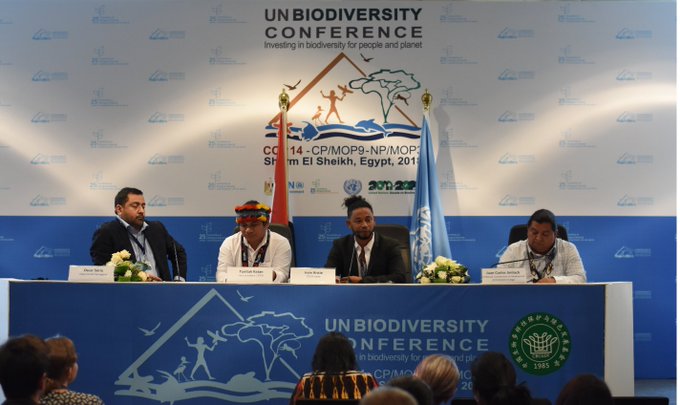
Over 400 Indigenous nations whose homelands span Bolivia, Brazil, Colombia, Ecuador, French Guyana, Guyana, Peru, Suriname and Venezuela presented their vision for establishing the largest protected nature reserve in the world.
Named The Corridor of Life, the purpose of this sanctuary the size of Mexico is to protect the Amazon Rainforest through a traditional and holistic perspective. By hundreds of Indigenous Nations superseding colonial borders to protect their homeland, this means true Indigenous Sovereignty: complete responsibility over their ancestral lands with land rights being respected rather than destroyed for greed and profit.
Additionally, COICA is inviting states around the world to engage in a restoration project of the planet by 2050. The project envisions reworking the way humanity interacts with the planet: regenerating the entire planet through actively restoring and responsibly managing 50% of the land and leaving the other half alone to rewild.
Indigenous Persons are the best equipped to protect the endangered forests of their homelands, and a large portion of remaining forests are on Indigenous lands. Heeding the calls from Indigenous leaders is a vital and essential step in remediating the harm inflicted upon the forests around the world.
In 2018, Sarayaku leaders in the region of the Amazon Rainforest claimed by Ecuador released their Kawsak Sacha or Living Forest Declaration. Aligned with The Corridor of Life, the Sarayaku seek to establish protection for the Amazon Rainforest as caretakers of their homeland. Although Ecuador has established protective laws, these laws have been broken and not enforced in order to grant capitalist exploitation of the protected area.
“Sarayaku has fought off oil companies for 35 years. We have expelled companies from our territory, taken our legal case to the Inter-American Court and won. So this experience has well positioned us to present our Living Forest Proposal to the world.”
The President of the Sarayaku, Mirian Cisneros, explained the lack of respect Indigenous persons face and the united vision of Indigenous persons:
“We, indigenous peoples, fight for our existence, not our extermination. We want our rights to be respected! Our proposal is a collective and unified effort of our people- men, women, children and elders- responding to the voice of the forest. Our proposal is not only for Sarayaku, but also for all humanity and all life on the planet.” … “This is what we must do to survive. But we don’t just want to survive and exist; we want to thrive”
Dieback, in which the entire Amazon Rainforest would collapse and release a 140 billion-ton Carbon Bomb, is not a distant far off event. With predictions for the collapse to set in as soon as 2021, there is no time to waste.
Failing to prevent this catastrophe could be enough to irreversibly trigger many of the most extreme horrors of climate collapse: billions forced from their homes and deprived of fresh water, hundreds of millions killed by lethal heat waves, and the largest mass extinction in the planet’s history.
Following the lead of Indigenous persons and engaging in the boycotts and proposals they have presented is what must occur to save the Amazon. The wheel does not need to be rebuilt to end the senseless destruction of the Amazon. Only humility, courage, and commitment are required to remain steadfast on this path of refusing to allow the largest rainforest in the world to collapse, with devastating consequences for the future of all life on Earth.
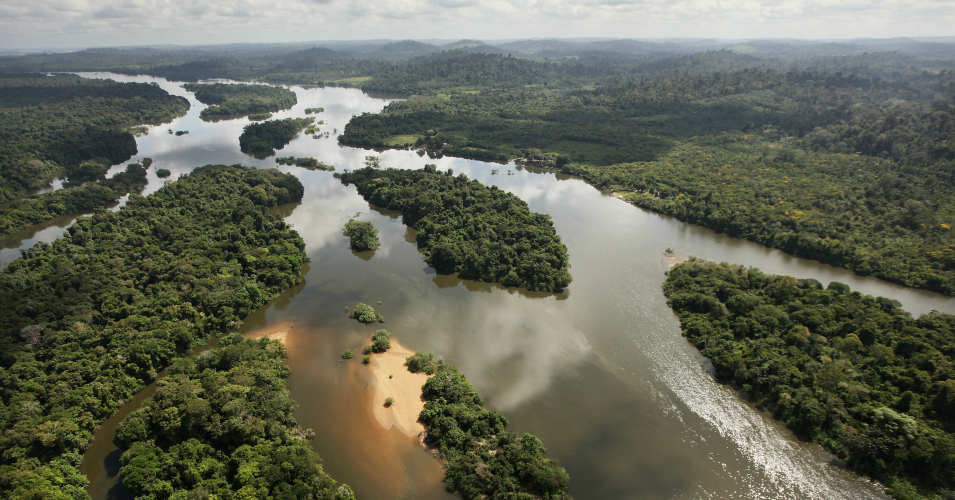
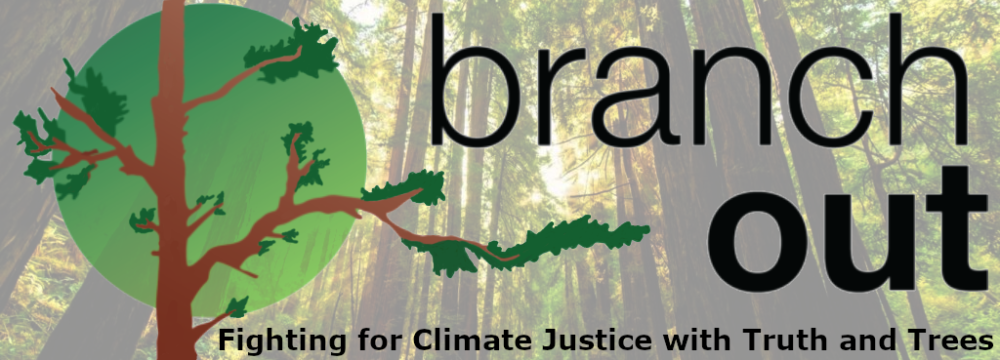

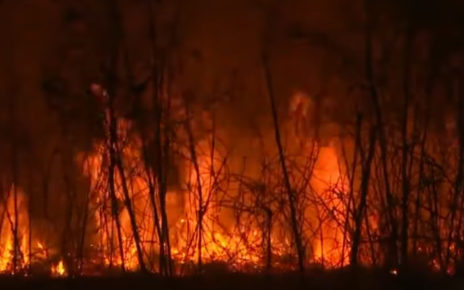
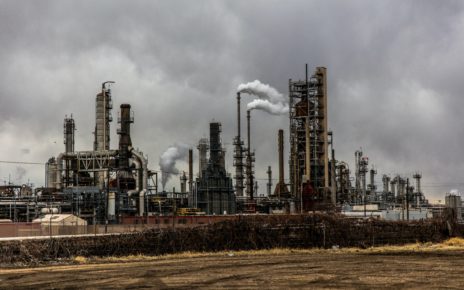
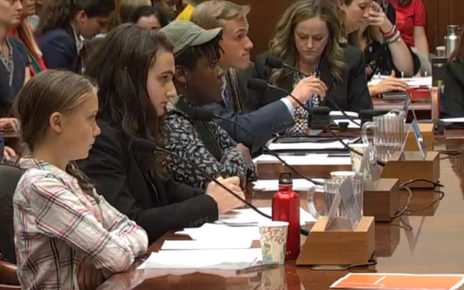
Please Stop destroying the environment